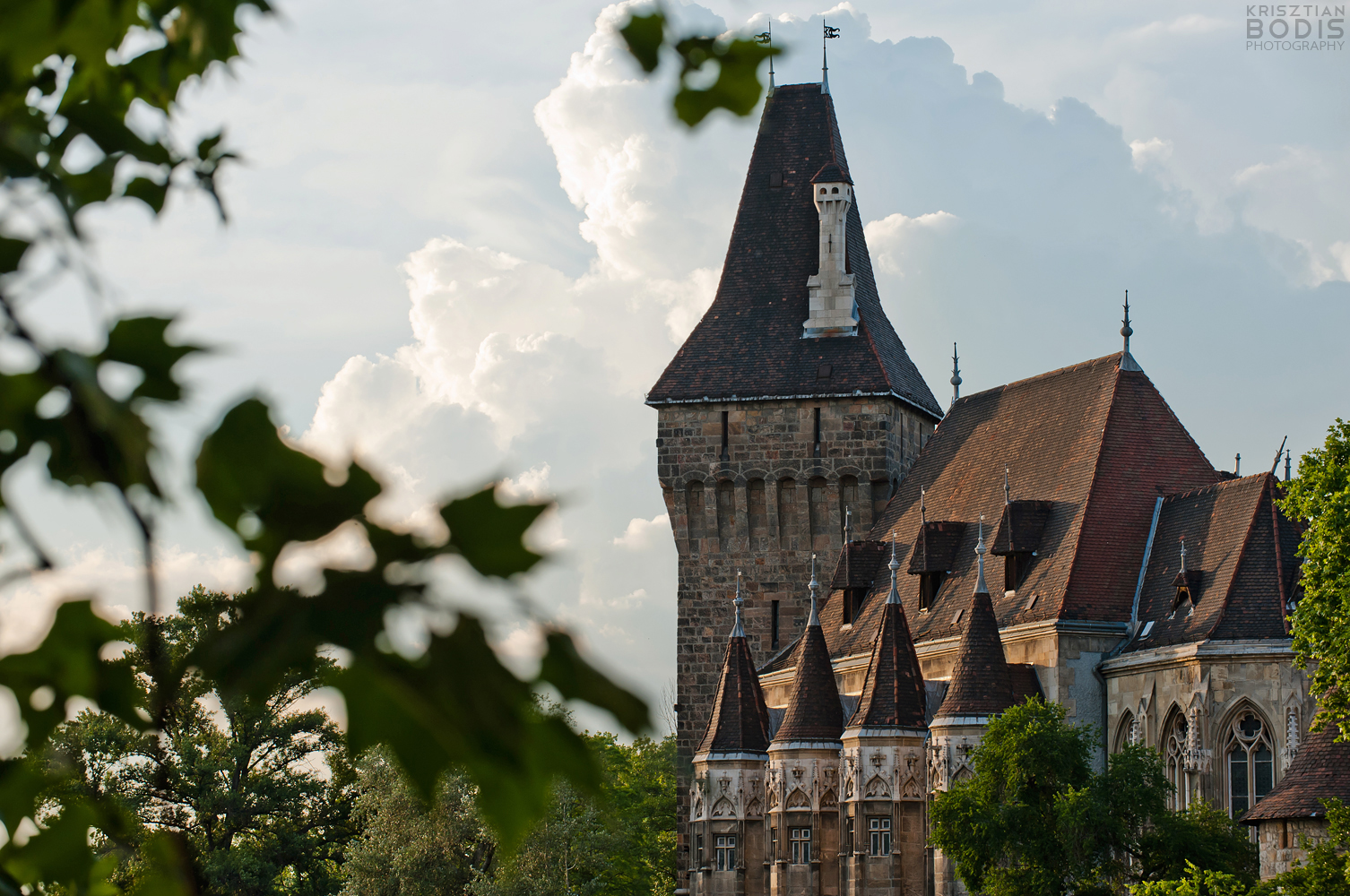While the magnificent aesthetics of Vajdahunyad Castle may inspire visions of aristocracy and courtly romance, the building's primary occupant evokes a decidedly plebeian scene – this is the home of the Museum of Hungarian Agriculture, the biggest institution of its kind in Europe, and a favorite field-trip destination for Budapest schoolchildren. However, the museum's sprawling exhibits are intriguing for visitors of all ages – here we discover in-depth insight to the history of Hungarian farming, winemaking, hunting, and much more, all amid sumptuous decorations like crystal chandeliers, stained-glass windows, and ornate carved pillars.Vajdahunyad CastleWe start our tour by learning about the castle itself. We approach the imposing building from City Park's lake (which doubles as a picturesque skating rink during winter), and here we learn that despite its venerable appearance, Vajdahunyad Castle is barely a century old – it was built between 1904 and 1908 based on the creative plans of Ignác Alpár. The original Vajdahunyad Castle was a temporary structure made for Hungary's Millennial Celebrations of 1896 to serve as a showcase for castle-architecture styles spanning the nation's history, from the Romanesque Middle Ages to the Gothic era to the Renaissance and Baroque periods. Budapest residents were immediately smitten with the 21-piece historical building, so the castle was then rebuilt to last.
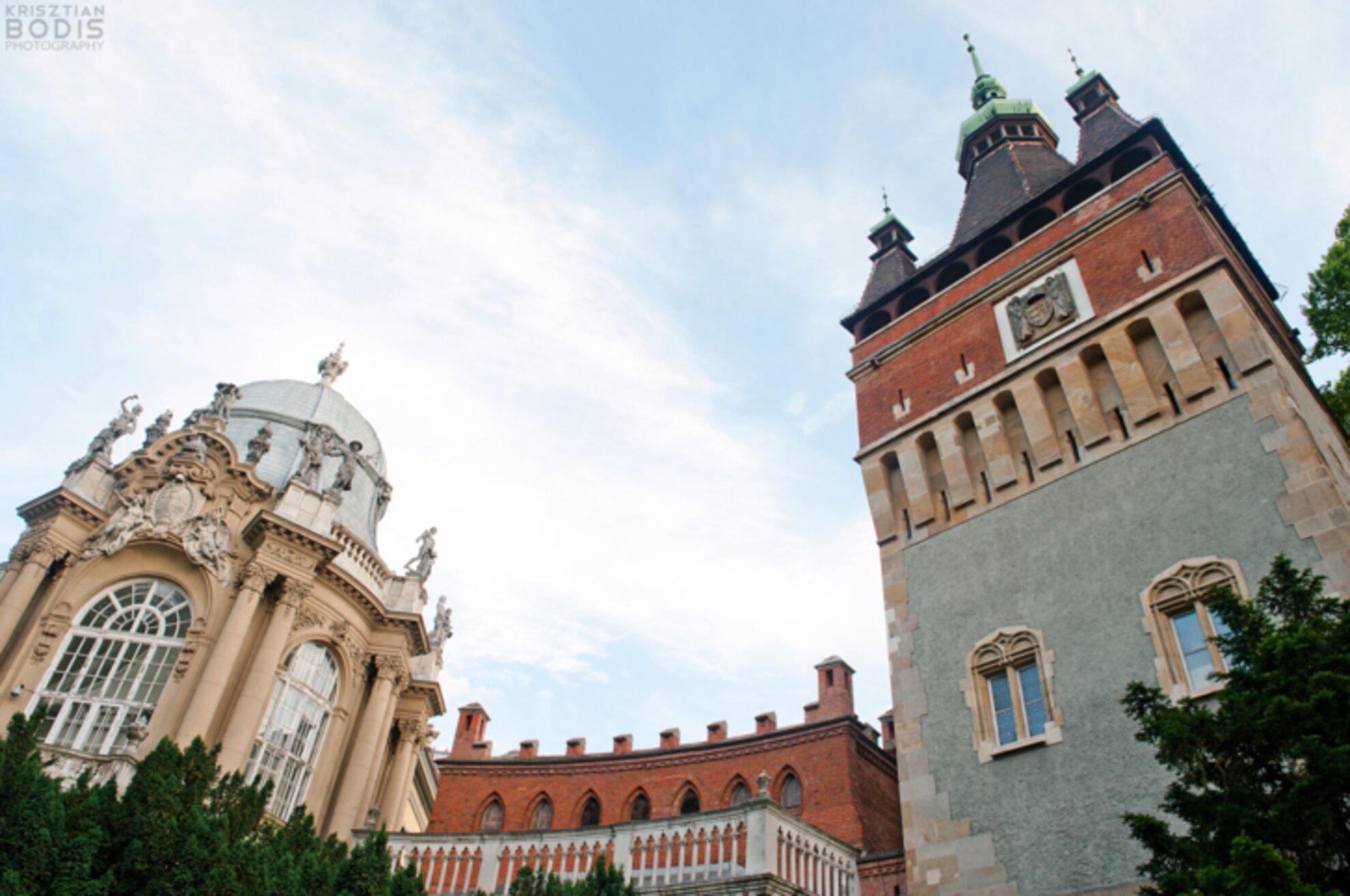
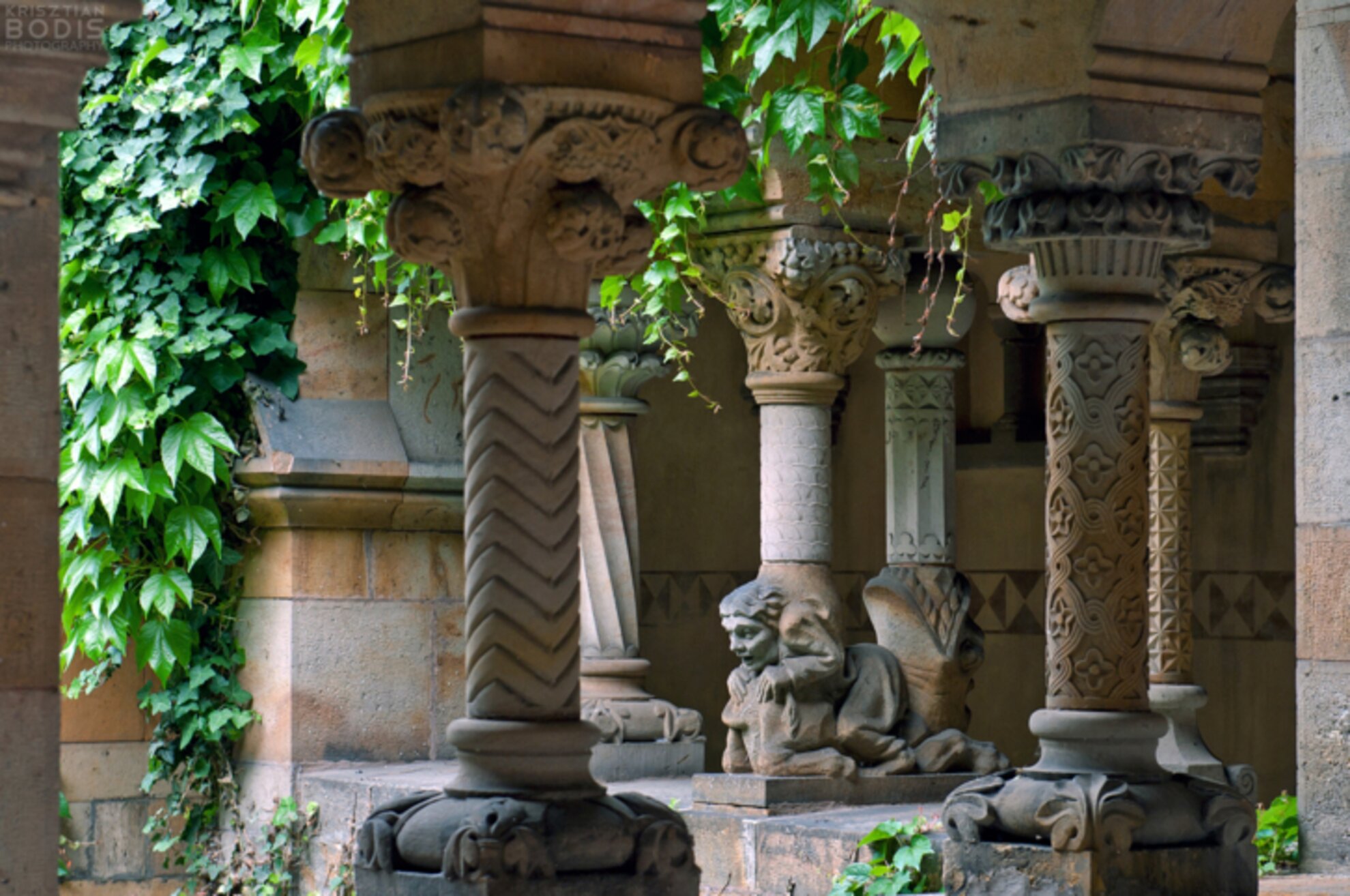
Wandering about the grounds of Vajdahunyad Castle, we discover many other details from the architectural heritage of Hungary's history. For example, the Jáki Chapel borrows its floor plans from the 12th-century Lébényi Church near the Austrian and Slovakian border confluence, while its doorways are inspired by the Jáki Church near Szombathely. The adornments of the cloister are distinctive of the Dark Ages era when Árpád ruled the original Hungarian tribes. In addition to the Romanesque parts, we see many Gothic towers; from the lake, we see that the so-called German façade and the French tower are of Renaissance styles, while the main museum building is of an Austrian Baroque design. With so many detailed backdrops of varied historical epochs, it is no coincidence that Vajdahunyad Castle is often used for film locations.
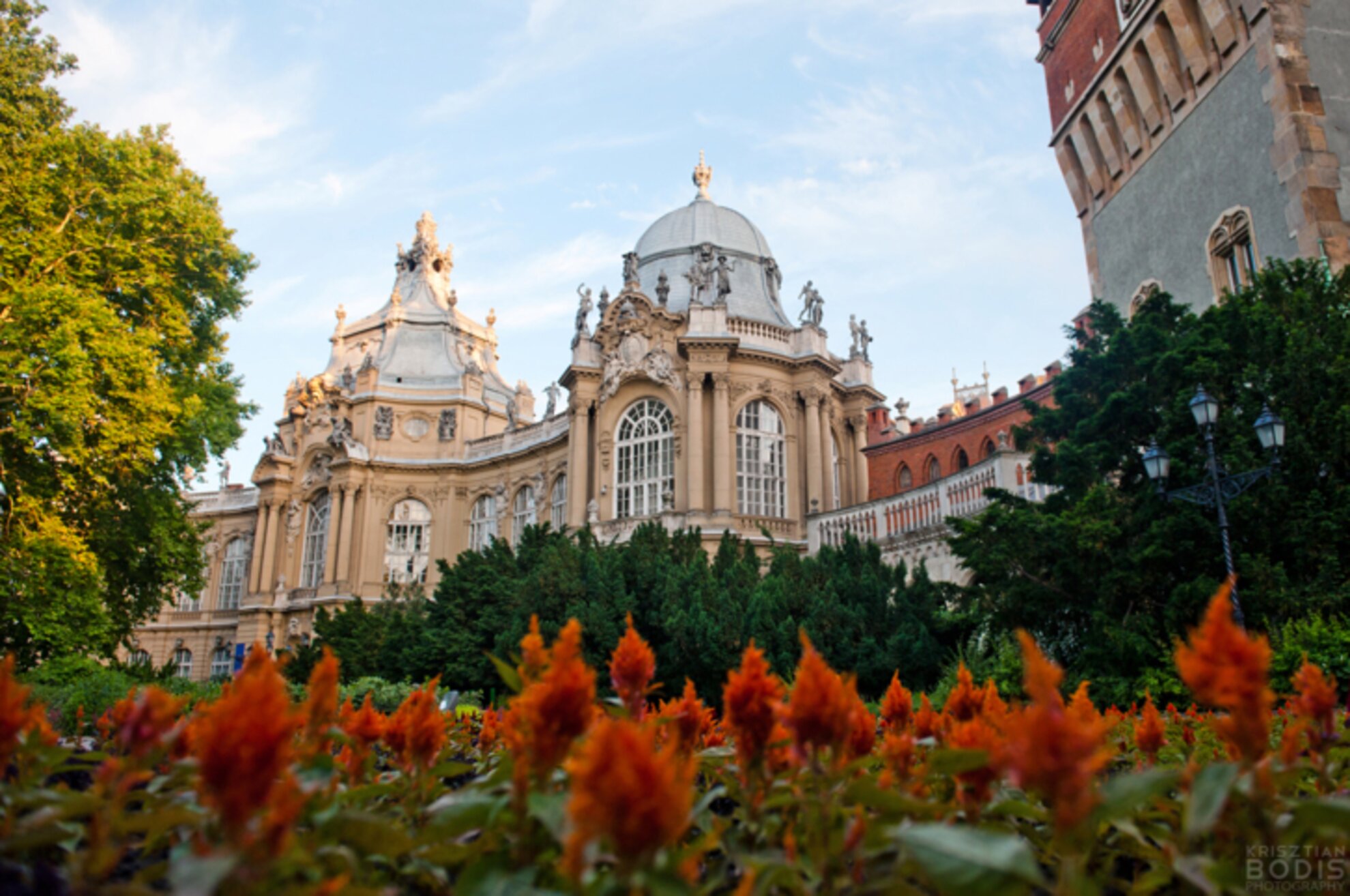
It is worth coming here to observe the diversity of the architectural details: our trip is even more enjoyable with a travel guide, since even the above information is just a fraction of all the interesting facts.Museum of Hungarian Agriculture Upon entering the museum, we notice a quote from Cicero above our heads – Nihil melius nihil homine libero dignius, quam agricultura – meaning "There is nothing better, nothing more worthy of a free man, than agriculture."
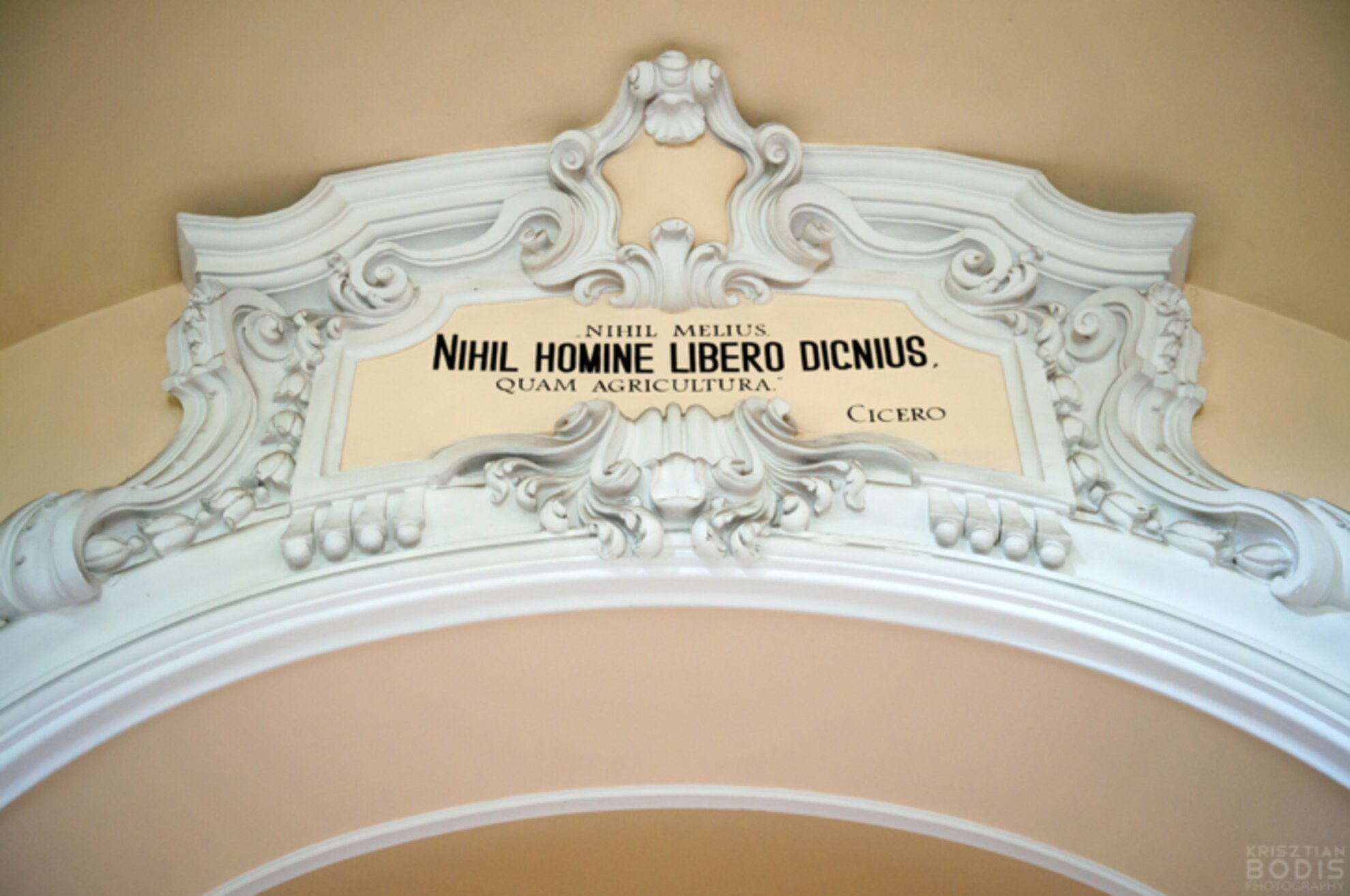
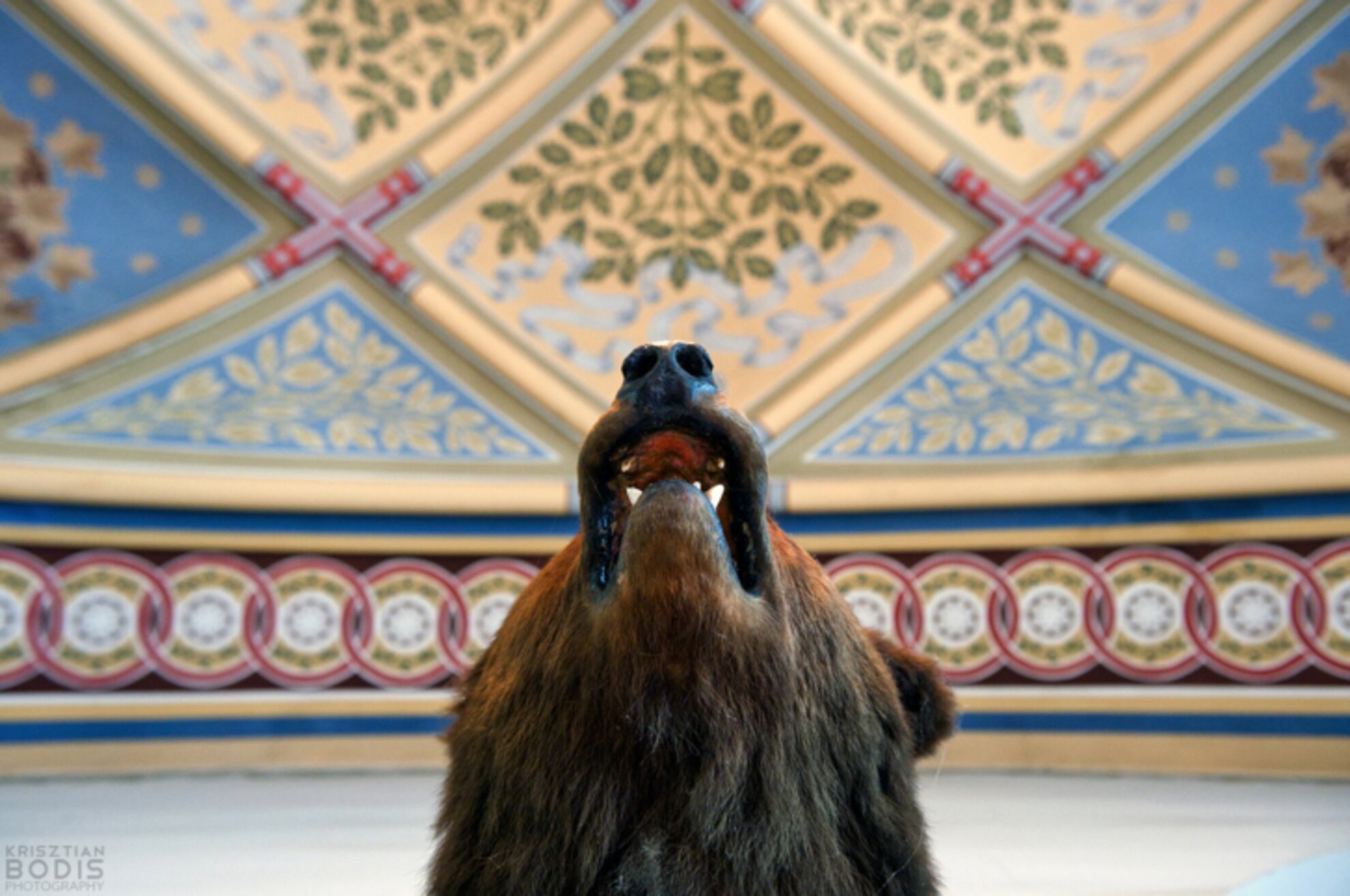
The museum's founding charter was signed on June 20th of 1896 by Kálmán Darányi, Minister of Agriculture: "to exhibit the country's agricultural production and development in a permanent and modern museum".
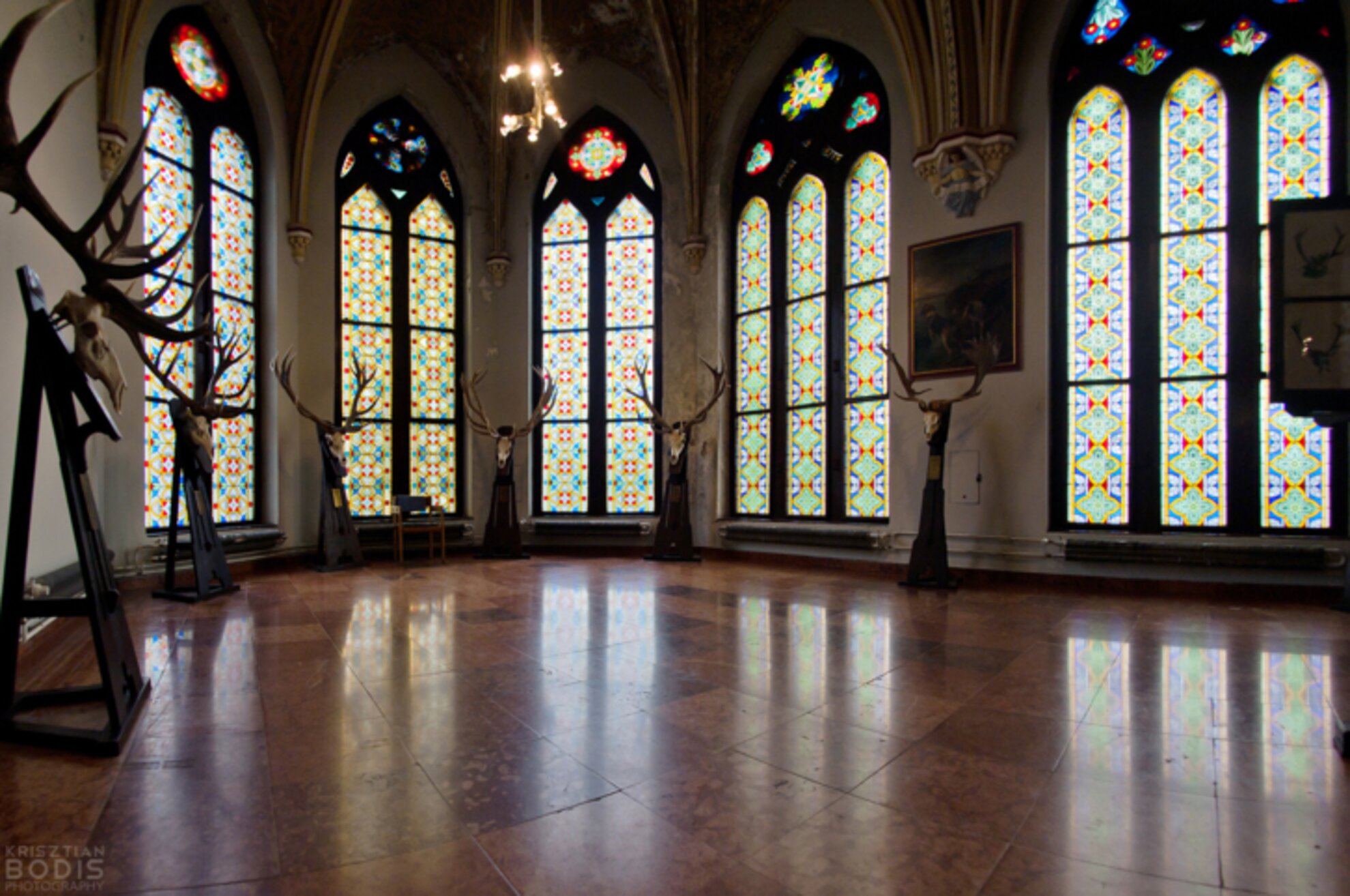
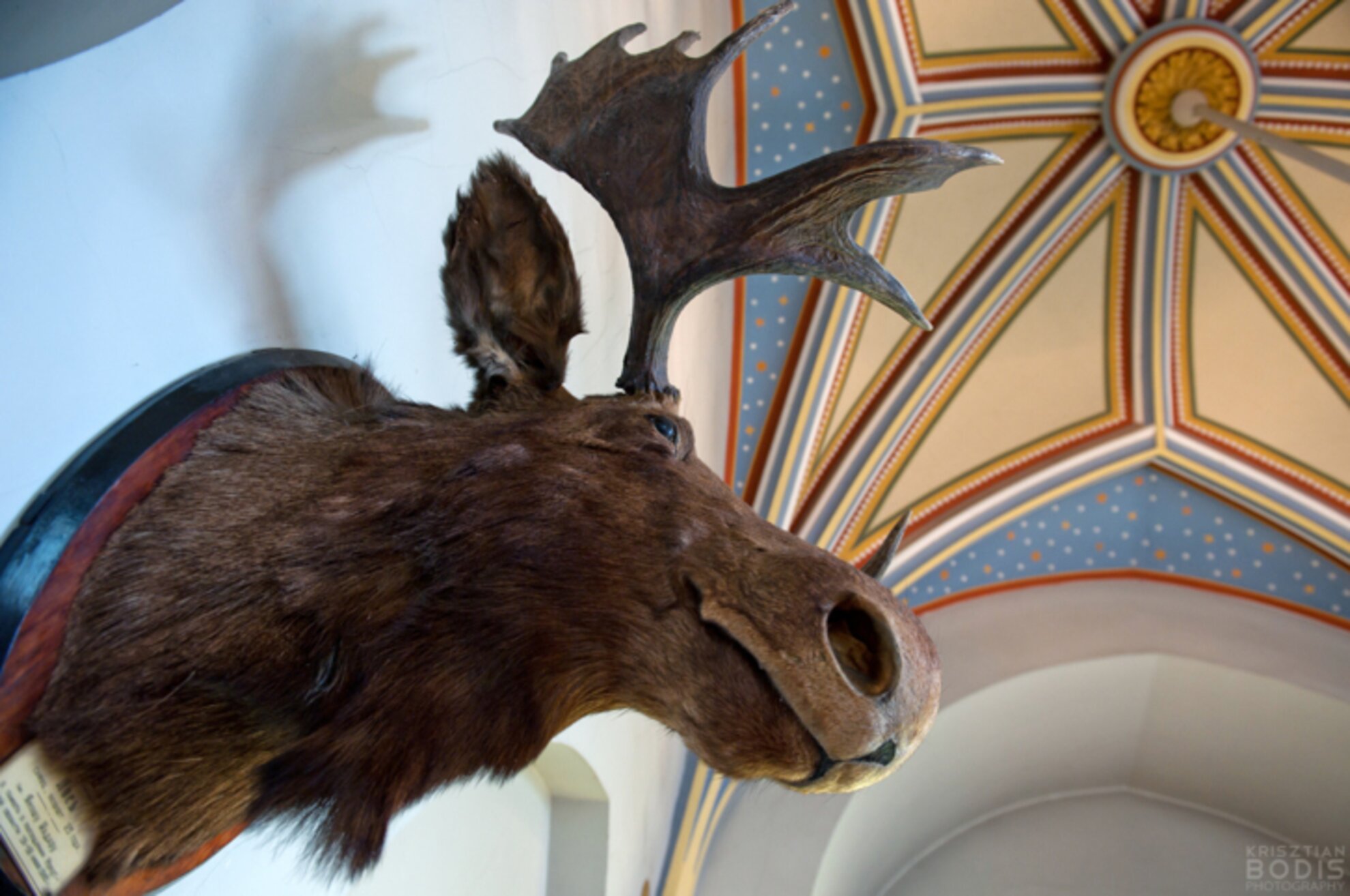
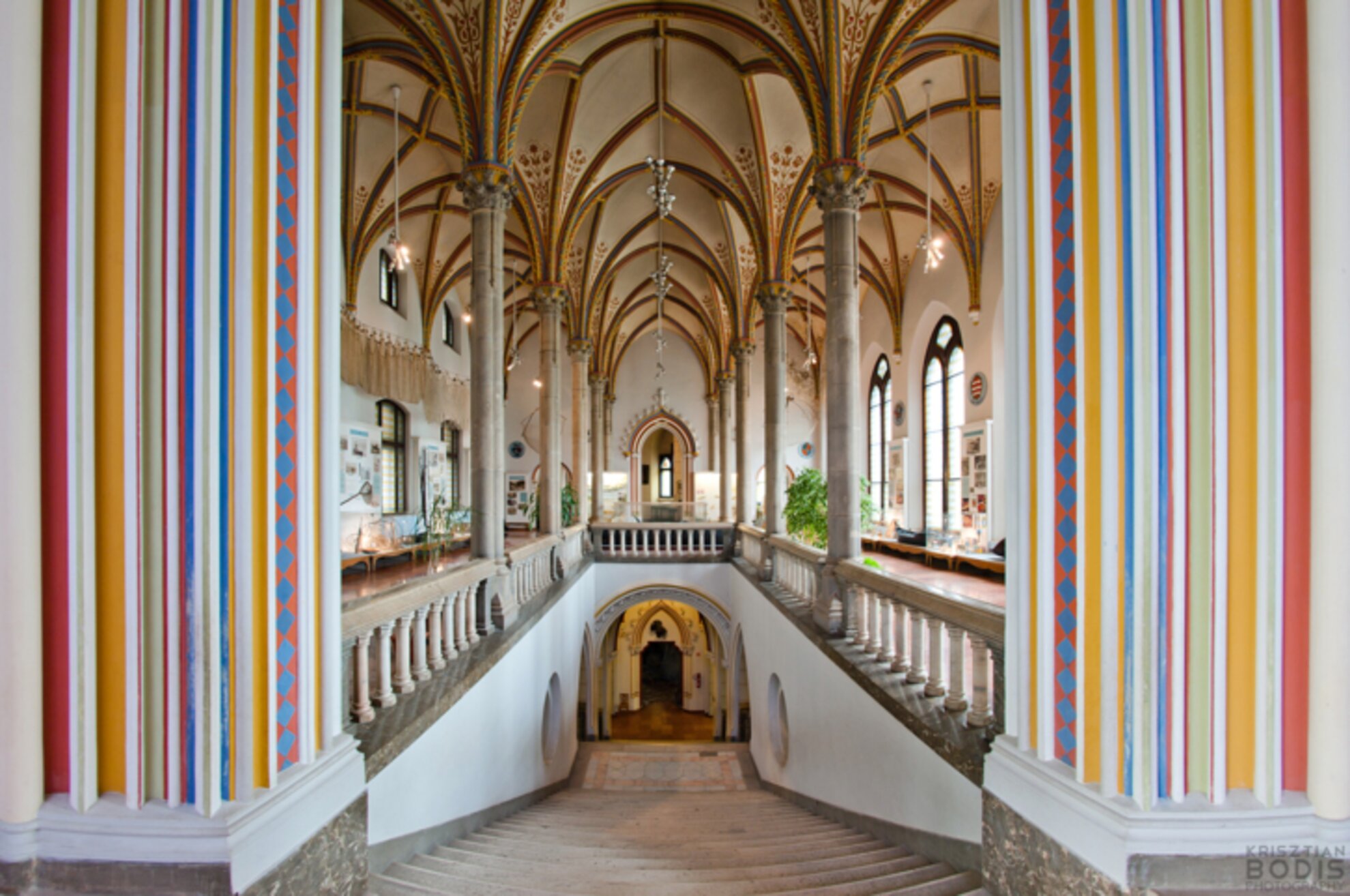
Throughout the museum's ever-embellished interior we find interesting animals and plants alongside artifacts of viticulture, fishing, hunting, and horse breeding. Meanwhile, those with no interest in rural relics will still be astounded by the grand marble staircase, lofty arches, and resplendent rose window.
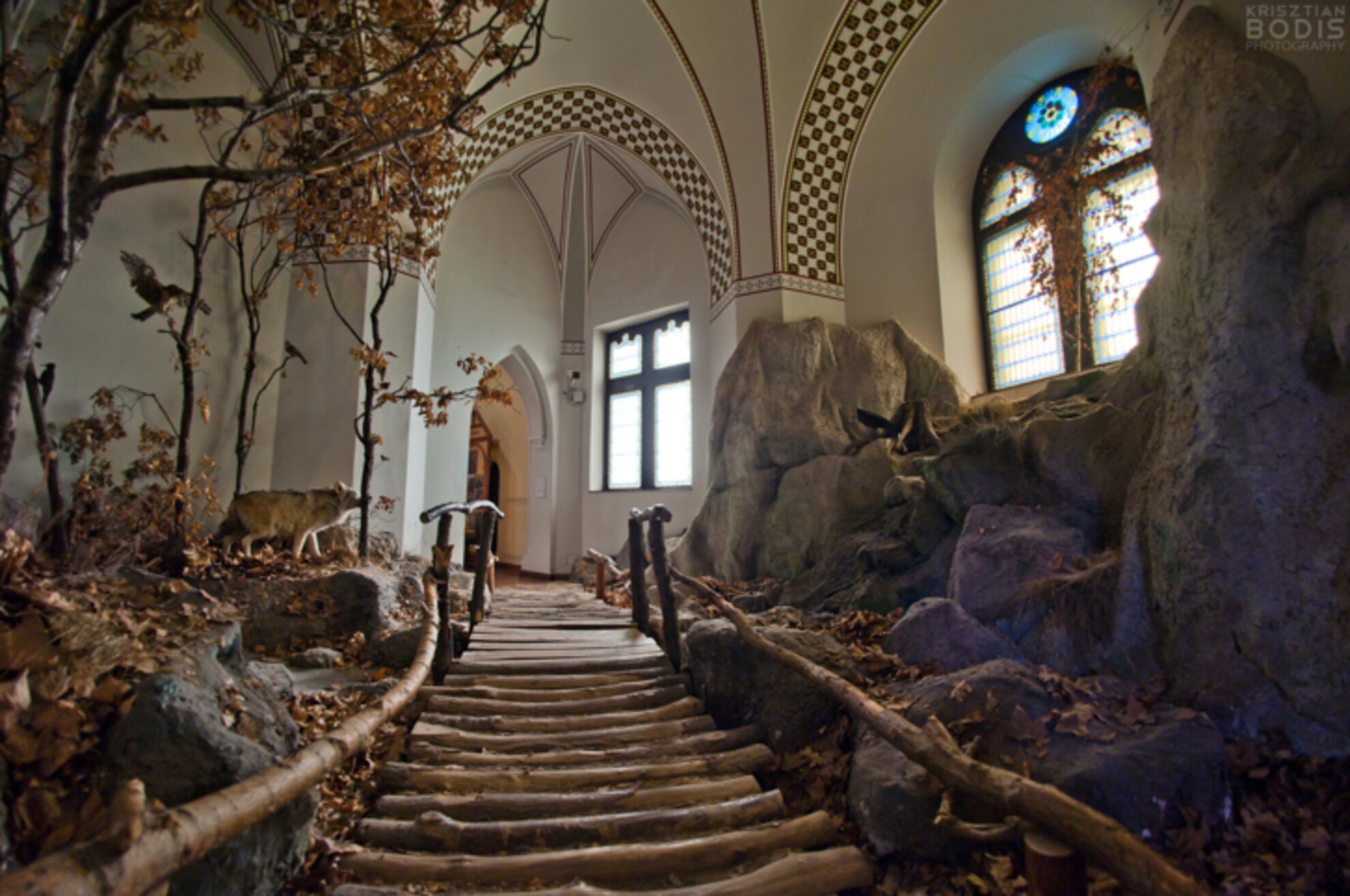
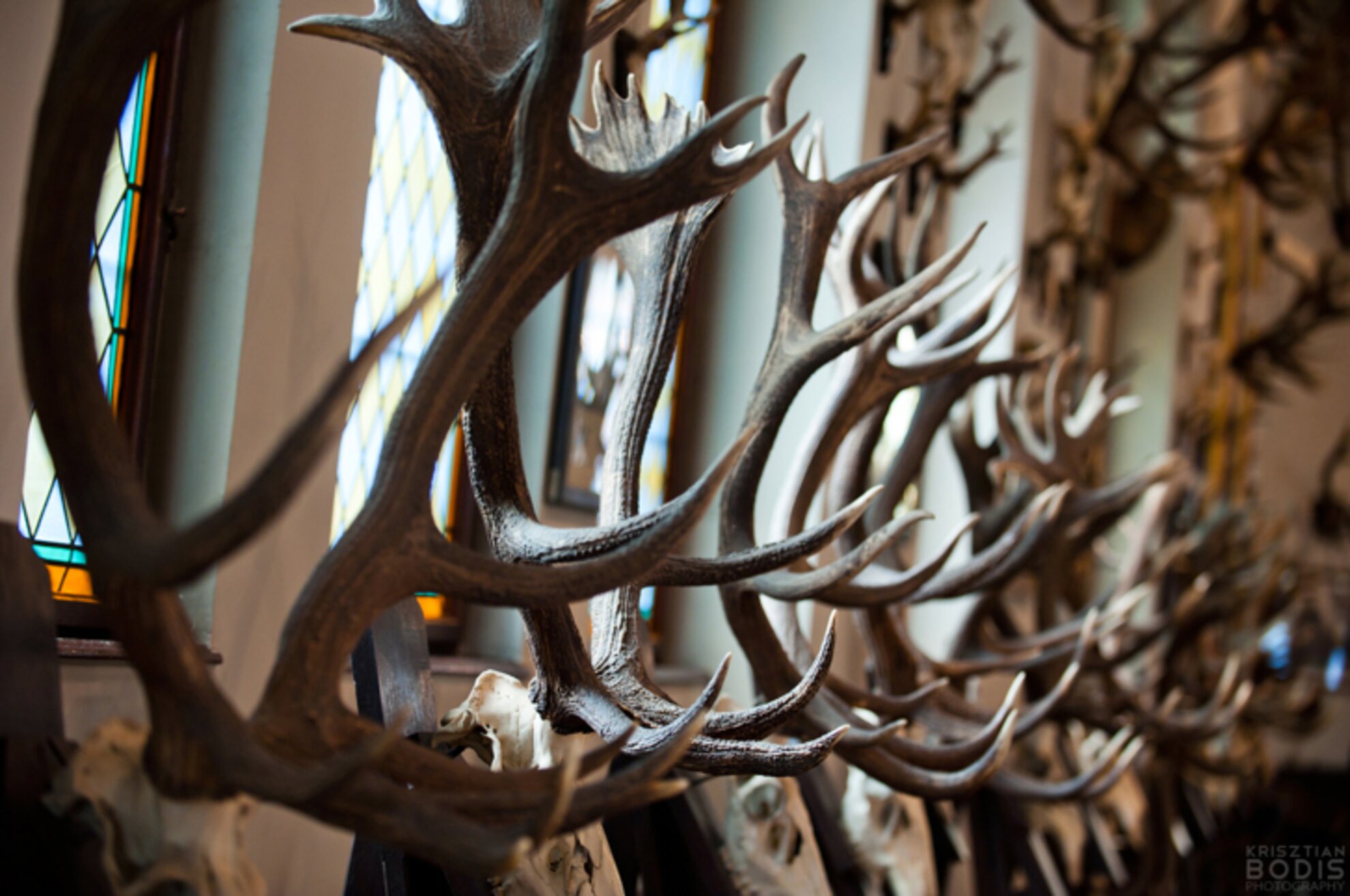
However impressive the interior views of Vajdahunyad Castle can be, we looked forward to the next step – climbing to the rooftop for a bird's-eye view over the entire structure. We took one more look around inside before heading that way.Tower tourFor the famous tower tour, we are led up a hidden staircase where the steps and the windows have an appropriately dusty demeanor, and with the stuffed birds on the walls, the overall effect is definitely unique.
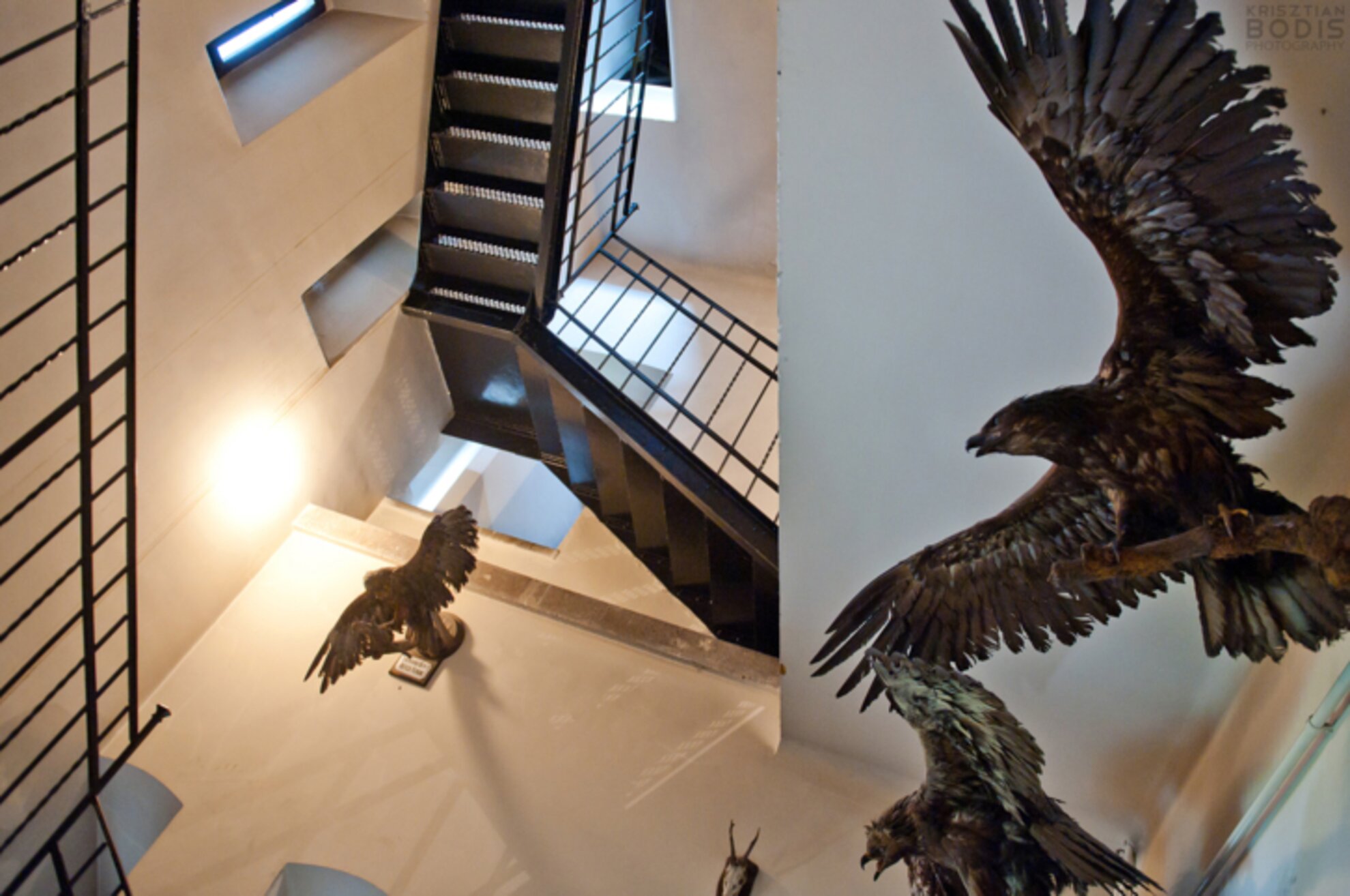
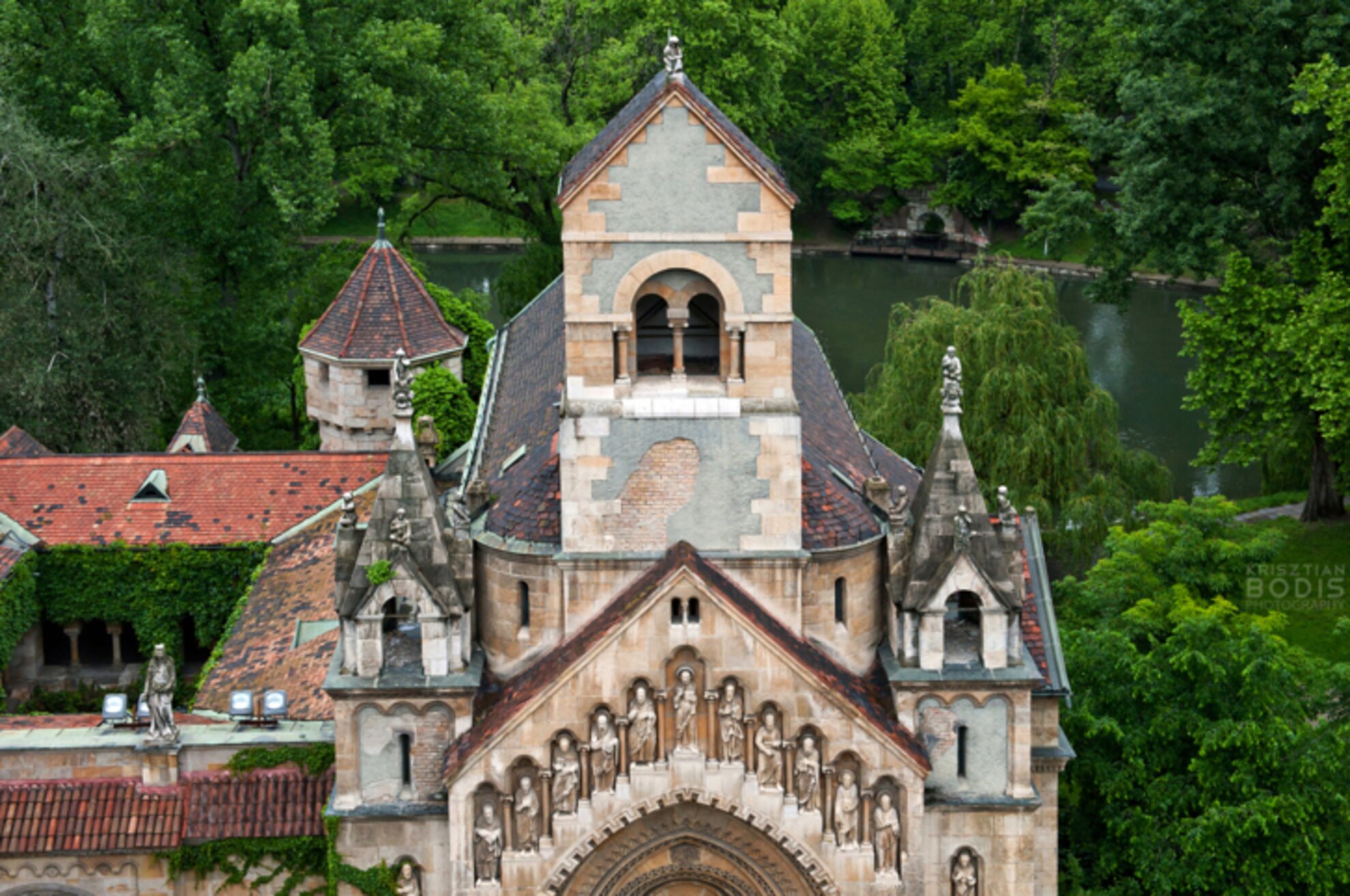
Reaching the top, we are overwhelmed with a sweeping view. We see the museum's statues that are not visible from below, along with all of the towers, including the 37-meter-high Torture Tower, the Segesvári Bastion Tower, the Nyebojsza Tower, the Apostles' Tower, the Catherine Bastion Tower, and the French Tower. Next we looked down for a rare overhead view to the Jáki Chapel and the statue of Anonymous – the unknown 12th-century historian that chronicled Hungary's early saga.
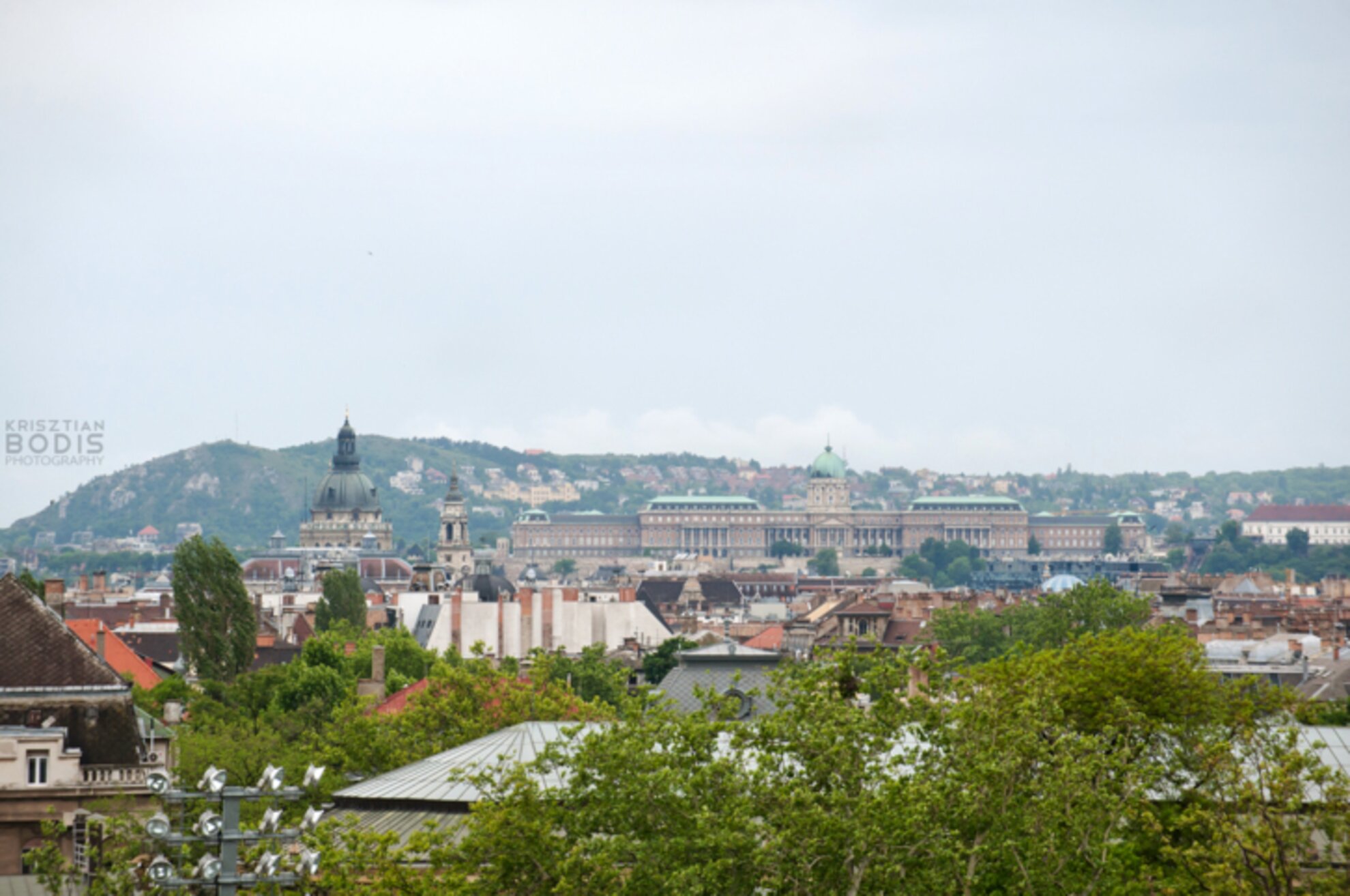
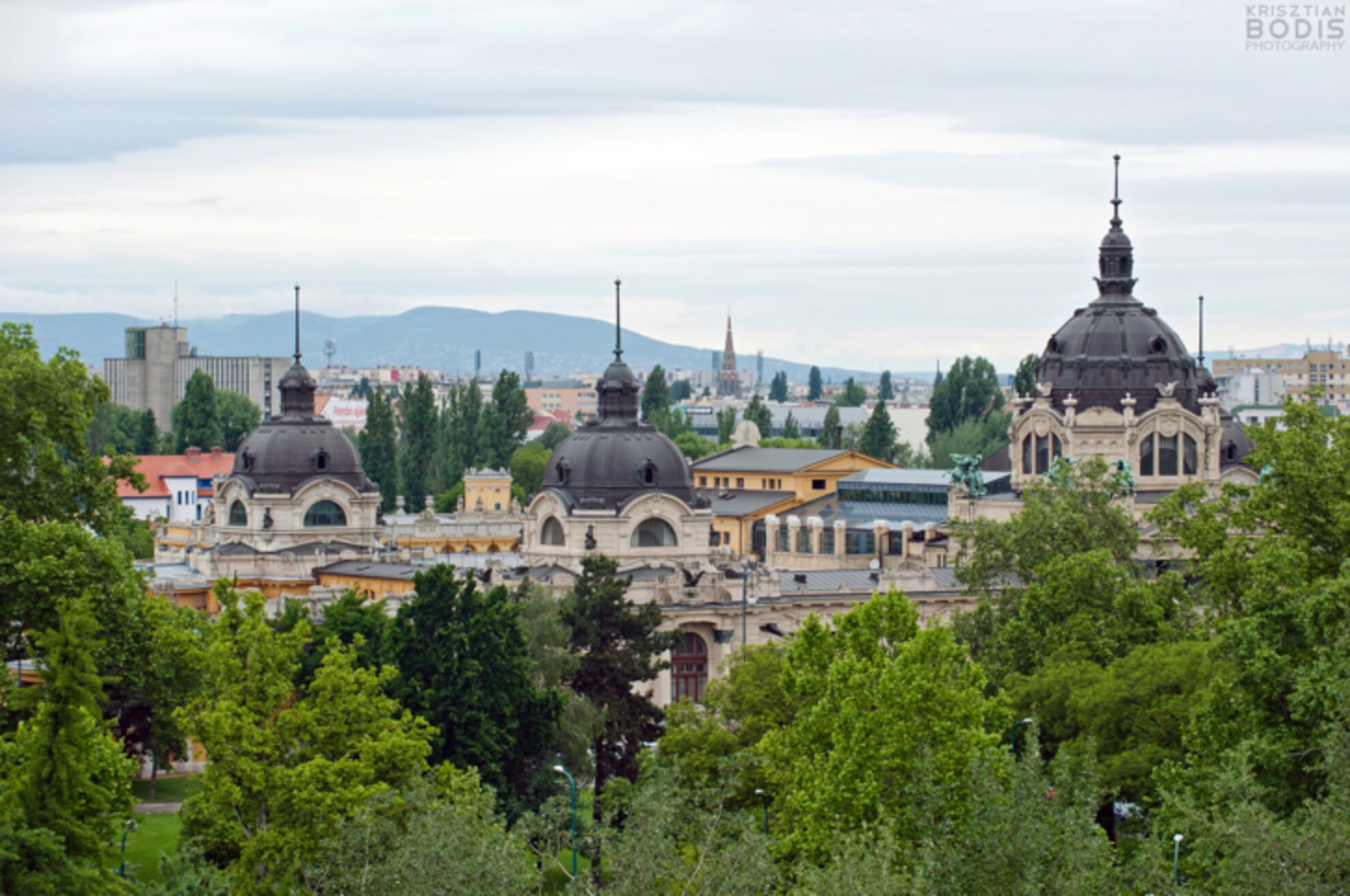
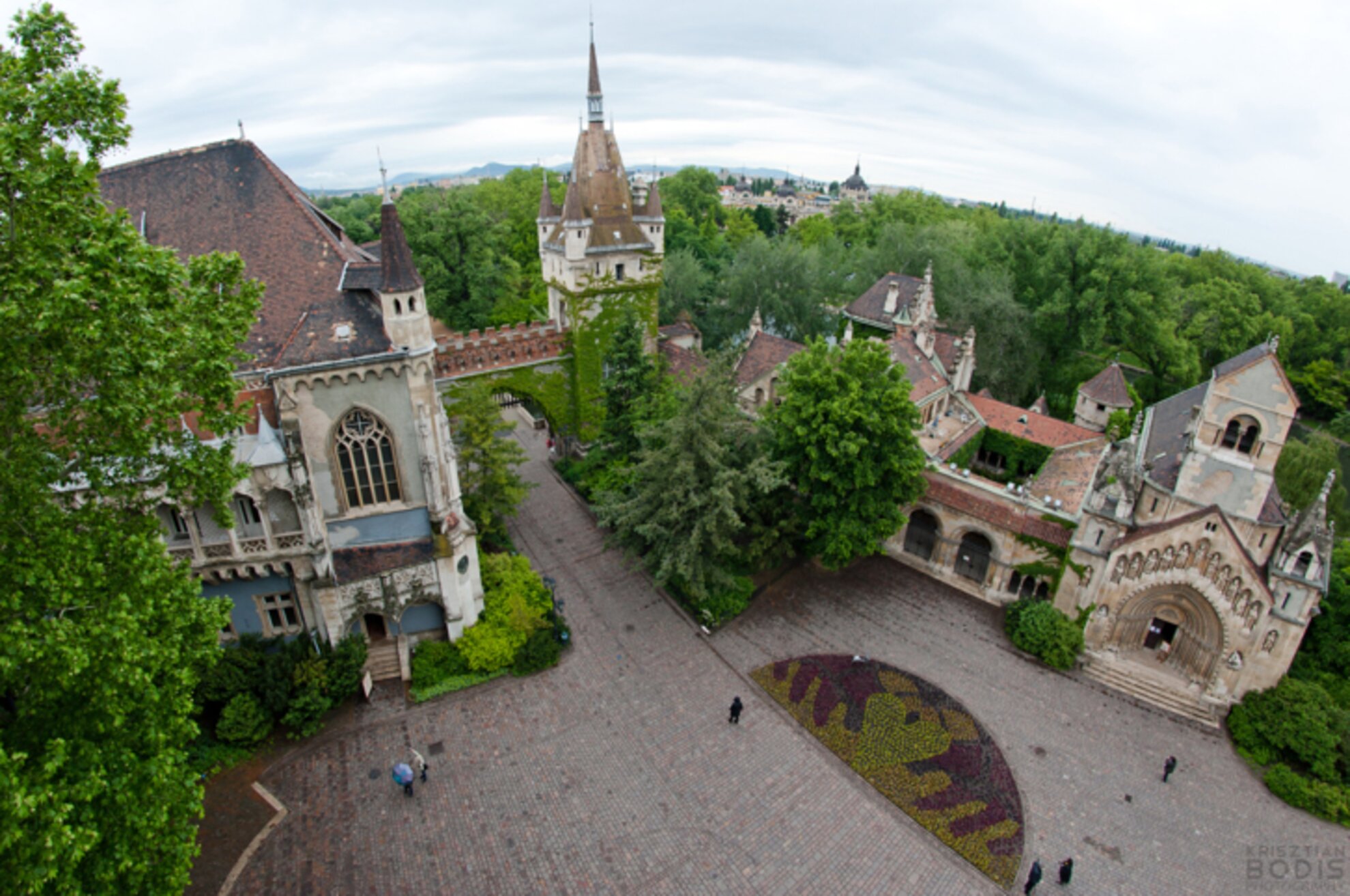
But our view encompasses much more than Vajdahunyad Castle – many of Budapest's most famous sights are revealed to us up here. The domes of the Széchenyi Bath, the city-center church steeples, and Buda's Royal Palace seem almost at our fingertips.Visiting the tower requires prior registration on the Museum's website, and tickets are fast to sell out, so we recommend buying them well in advance. So take some time to discover all that Vajdahunyad Castle has to offer, including the awesome tower tour:
we definitely loved it!
Museum of Hungarian Agriculture1146 Budapest, Vajdahunyad vára (City Park) +36 1 422 0765
Facebook
